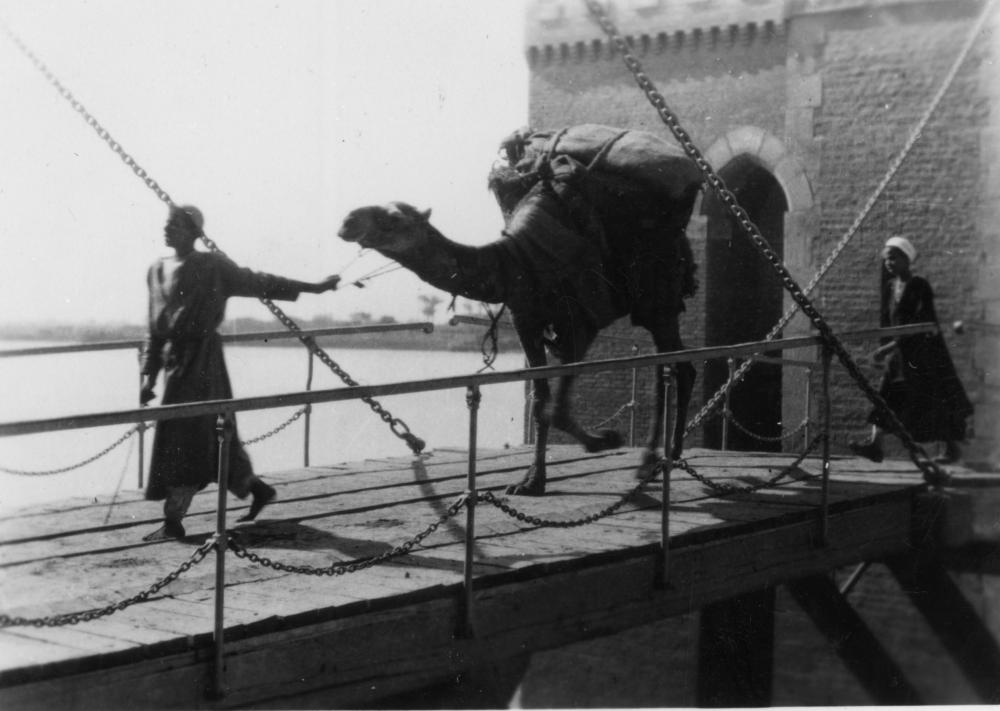Thanks again to Ailsa for proposing a theme. She showed us how New York does flowers: http://wheresmybackpack.com/2012/07/27/travel-theme-flowers/
And here is how my daughter-in-law does flowers. When my son married this beautiful girl in April, she decorated their wedding with flowers: in her hands, in her hair, in the bridesmaids’ hands, on their dresses, and on the tables. But not on the men.
Bec has since dried her wedding bouquet, taken of photo of it, written about it, and about marriage, here: http://therebeccapapers.wordpress.com/2012/05/28/not-the-stuff-of-myths/











